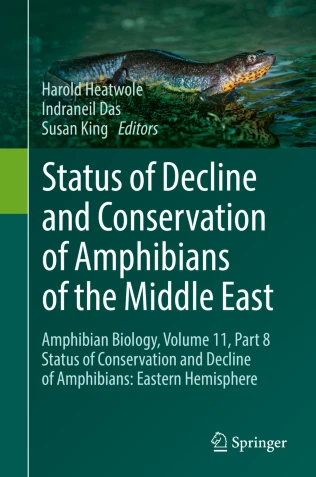Despite their ecological values and societal services, the long-term permanence of Qatar’s artificial wetlands faces strong challenges resulting from human activities associated with sustained population growth, habitat-degradation, intensive agricultural practices, and coastal development. Leer más.





The review of the material from the studied sites has allowed the addition of new taxa to the previously published faunal lists. Although no new amphibian taxa have been identified, the reptile list has been increased with several taxa not included in the previous one. Leer más.

The United Arab Emirates (UAE) has a total land area of approximately 83,000 km2 and lies in the north of the Arabian Peninsula with the Arabian Gulf to the north, Oman to the east, and Saudi Arabia bordering it in the south and on the western borders. Leer más.
Our work also highlights areas for further taxonomic research: range-wide phylogenomic data are required to disentangle the L. boscai – L. maltzani species complex and the northern and southern lineages of L. v. vulgaris. Leer más.

Un estudi recent publicat al Butlletí de la Societat Catalana d’Herpetologia (pàg 115-137) on participen els investigadors de l’IRBio Antigoni Kaliontzopoulou i Raül Ramos adverteix que les colònies de gats ferals i comunitaris a la Serra de Collserola estan tenint un impacte alarmant sobre les poblacions de la sargantana iberoprovençal (Podarcis liolepis). Leer más.








